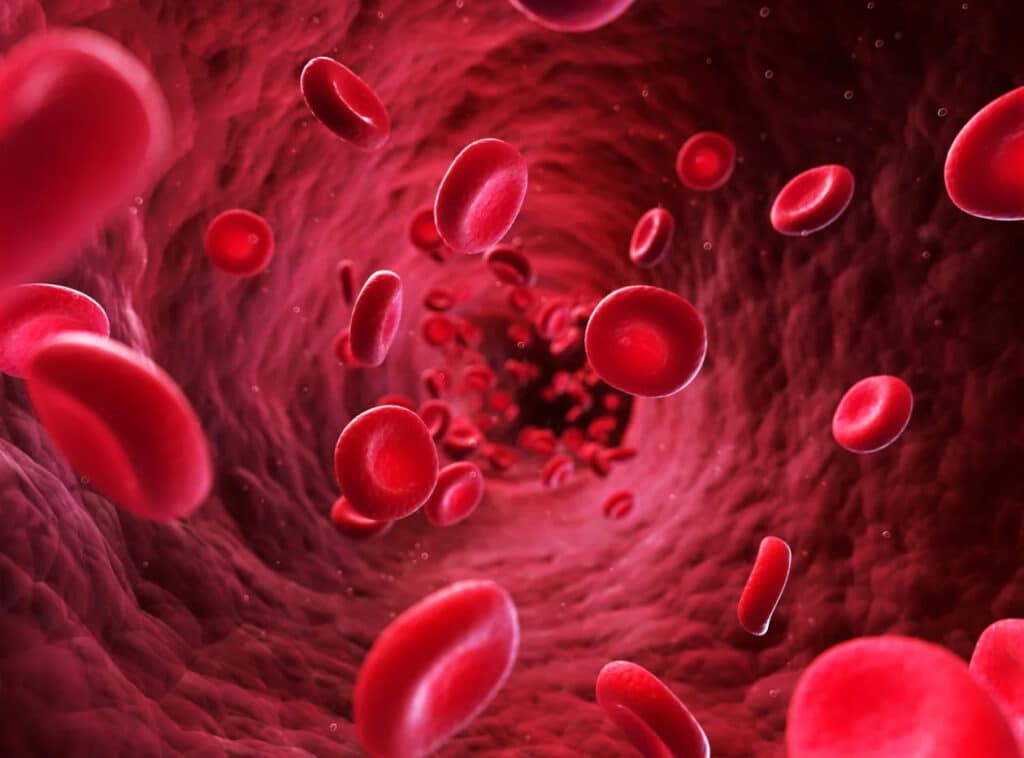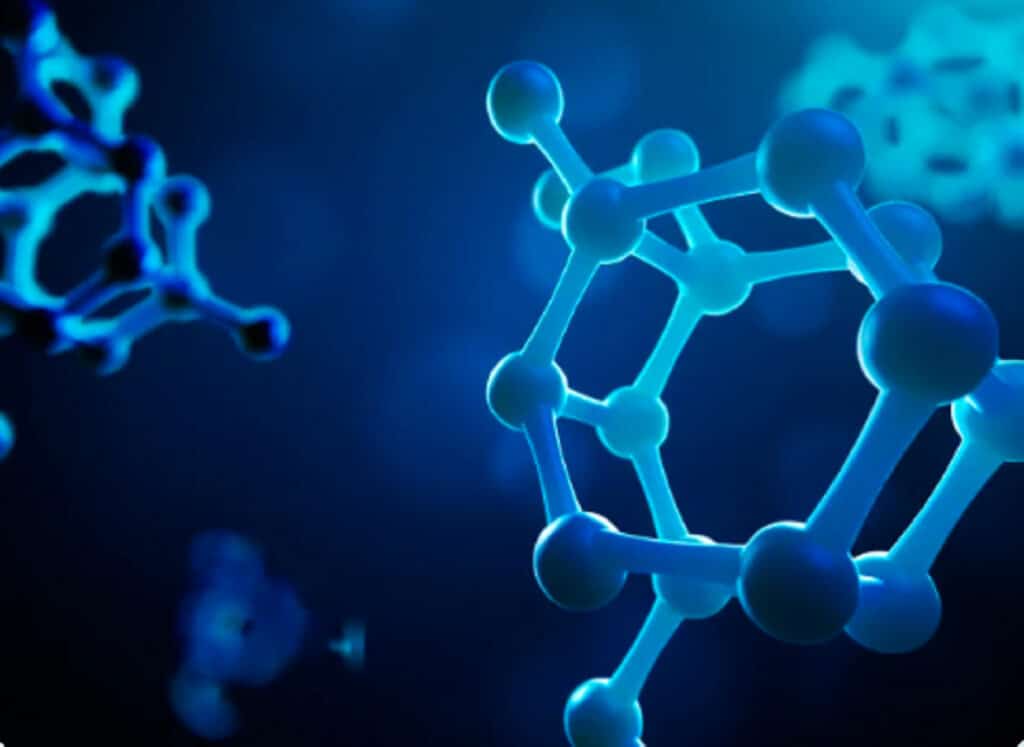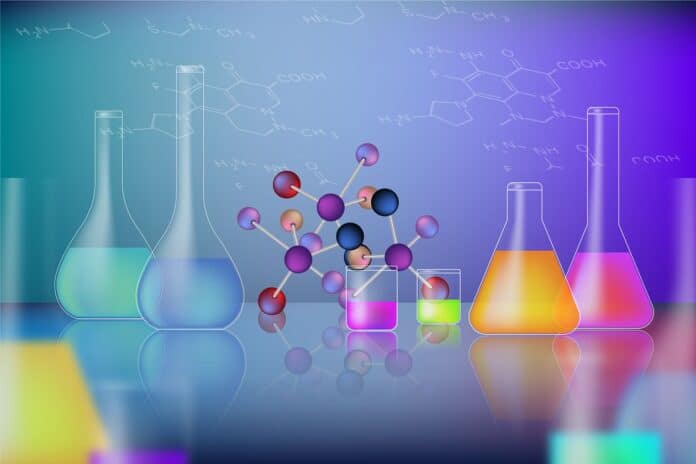Physicochemical properties are fundamental characteristics that describe the physical and chemical behaviors of substances. These properties are crucial in various scientific fields, including chemistry, pharmacology, and environmental science, as they influence how substances interact, react, and behave under different conditions. Understanding these properties is essential for predicting the outcomes of chemical reactions and for the development of new materials and drugs. Keep reading to learn about physicochemical properties and how they affect chemical reactions.
What is Physicochemical Properties
Physicochemical properties encompass both physical and chemical characteristics of a substance. Physical and chemical properties determine how a substance will behave in different environments and during chemical reactions. Key physicochemical properties include solubility, Lipophilicity (Log P and Log D, pKa (Acid Dissociation Constant) and Polarity and Polar Surface Area (PSA). Solubility refers to a substance’s ability to dissolve in a solvent, forming a homogeneous solution, which is crucial for drug absorption and pollutant dispersion.
Lipophilicity describes a compound’s affinity for fats, while Log P measures the partition coefficient in immiscible solvents. Log D indicates the distribution coefficient at a specific pH, reflecting a compound’s ionization and membrane permeability. pKa represents an acid’s strength, influencing solubility, permeability, and pharmacokinetics. Polarity affects how molecules interact with each other and with solvents. PSA is a descriptor of molecular polarity, influencing solubility and permeability. Here is detail about impact on chemical reaction: Physicochemical properties significantly influence the rate, mechanism, and outcome of chemical reactions.
- Reaction Rate: Properties like solubility and lipophilicity can affect how quickly reactants come together and react. For instance, a substance with low solubility may dissolve slowly, leading to a slower reaction rate.
- Reaction Mechanism: The polarity and pKa of a substance can determine the pathway of a chemical reaction. For example, the ionization state of a compound affects its reactivity and the types of bonds it can form.
- Product Formation: Stability and solubility influence the yield and purity of reaction products. An unstable product may decompose before it can be isolated, while an insoluble product may precipitate out of solution, affecting the reaction’s efficiency.

Applications in Drug Development
In the pharmaceutical industry, understanding the physicochemical properties of compounds is essential for drug development. These properties influence various aspects of a drug’s behavior in the body, including absorption, distribution, metabolism, and excretion (ADME). For example, a drug’s solubility affects its absorption in the gastrointestinal tract, while its lipophilicity influences its ability to cross cell membranes and reach its target site.
WuXi AppTec provides comprehensive physicochemical property studies to aid in drug discovery and development. Their services include high-throughput testing for solubility, lipophilicity, pKa, solution stability, and more. These studies help researchers understand and optimize the physicochemical properties of drug candidates, improving the likelihood of clinical success. By reading these applications about physicochemical properties you can learn about them well.

Conclusion
I hope now you have learned about what is physicochemical properties. Physicochemical properties are fundamental to understanding and predicting the behavior of substances in chemical reactions. They influence reaction rates, mechanisms, and outcomes, and are crucial in fields like drug development and environmental science. By studying these properties, scientists can design more effective and safer chemicals and pharmaceuticals, leading to advancements in health and technology.






